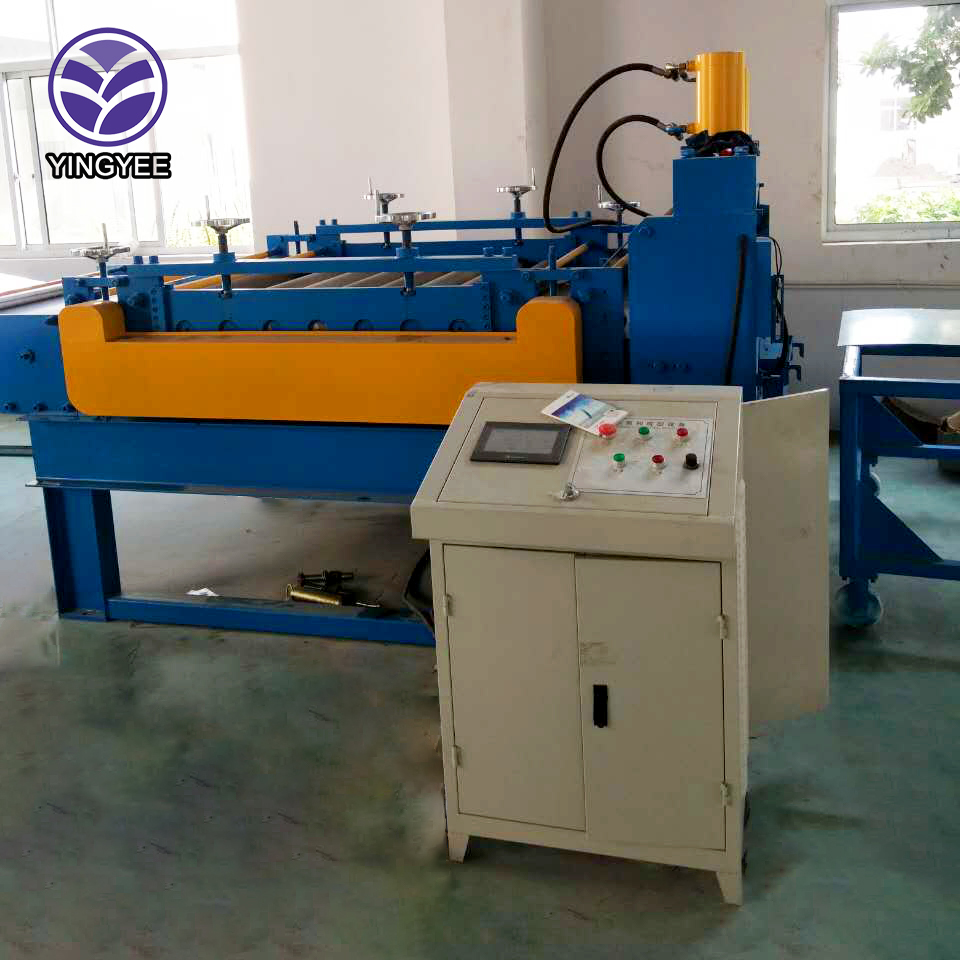
The Automatic Cut-to-Length Line Revolutionizing Manufacturing Efficiency
In today's fast-paced manufacturing landscape, efficiency and precision are paramount. Among the various technologies aimed at optimizing production processes, the automatic cut-to-length line stands out as a significant innovation. This system not only enhances productivity but also improves overall product quality, reducing waste and addressing the diverse needs of various industries.
Understanding Automatic Cut-to-Length Lines
An automatic cut-to-length line is designed to cut material into specified lengths with high precision and minimal manual intervention. Typically used in sectors such as metal fabrication, woodworking, and textiles, these systems can handle various materials, including sheet metal, plastic, wood, and fabric. The primary components of an automatic cut-to-length line include a feeding system, cutting equipment, and a control system, all working synergistically to ensure that the material is processed efficiently and accurately.
How It Works
The process begins with the raw material being fed into the line, where it is then measured according to predetermined specifications. Advanced sensors and control systems ensure that the material is aligned correctly before the cutting operation begins. Once the desired length is achieved, the cutting mechanism—be it a shear, saw, or laser cutter—executes the operation, producing a clean and precise cut. Subsequent to cutting, the finished parts may then be stacked, bundled, or sent through additional processing, depending on the requirements of the production line.
The beauty of this system lies in its automation. Traditional methods often require multiple operators, resulting in inefficiencies and a higher likelihood of human error. In contrast, an automatic cut-to-length line minimizes these factors, allowing for seamless operations and reduced labor costs.
Benefits of Automatic Cut-to-Length Lines
1. Increased Efficiency By automating the cutting process, manufacturers can significantly boost throughput. The quick turnaround time from raw material to finished product allows companies to meet tight deadlines and adapt to market demands swiftly.

2. Precision and Consistency One of the most significant advantages of cut-to-length lines is the precision they offer. Automated systems can achieve cuts that are accurate to fractions of a millimeter, ensuring that all produced parts meet stringent quality standards. This consistency reduces the need for rework and thus saves both time and resources.
3. Waste Reduction Traditional cutting methods often result in substantial material waste due to inaccuracies and non-standard lengths. Automatic cut-to-length lines minimize waste by optimizing cutting patterns and utilizing advanced algorithms to calculate the best way to cut materials.
4. Flexibility Modern cut-to-length systems can be easily programmed to accommodate a wide range of materials and lengths. This adaptability allows manufacturers to switch product lines or respond to custom orders without significant downtime, enhancing overall operational flexibility.
5. Data Integration Many automated lines now come equipped with IoT (Internet of Things) capabilities, allowing them to be monitored and controlled remotely. This connectivity enables real-time data collection on production metrics, aiding in decision-making processes and predictive maintenance.
Industry Applications
The applications of automatic cut-to-length lines are widespread. In the metal industry, for example, these lines are used for cutting steel sheets and coils, while in the furniture industry, they are critical for producing components of varying lengths and shapes. Other sectors, including automotive and aerospace, benefit from custom-length components that meet stringent regulatory requirements.
Conclusion
In conclusion, the automatic cut-to-length line represents a critical advancement in modern manufacturing technology. By providing increased efficiency, precision, and adaptability, these systems are transforming the way industries operate. As the demand for custom solutions and efficient production continues to rise, it is likely that the adoption of automatic cut-to-length lines will only expand, paving the way for future innovations in manufacturing processes. Embracing this technology not only positions manufacturers for success but also contributes to a more sustainable approach to production by reducing waste and optimizing resource use.